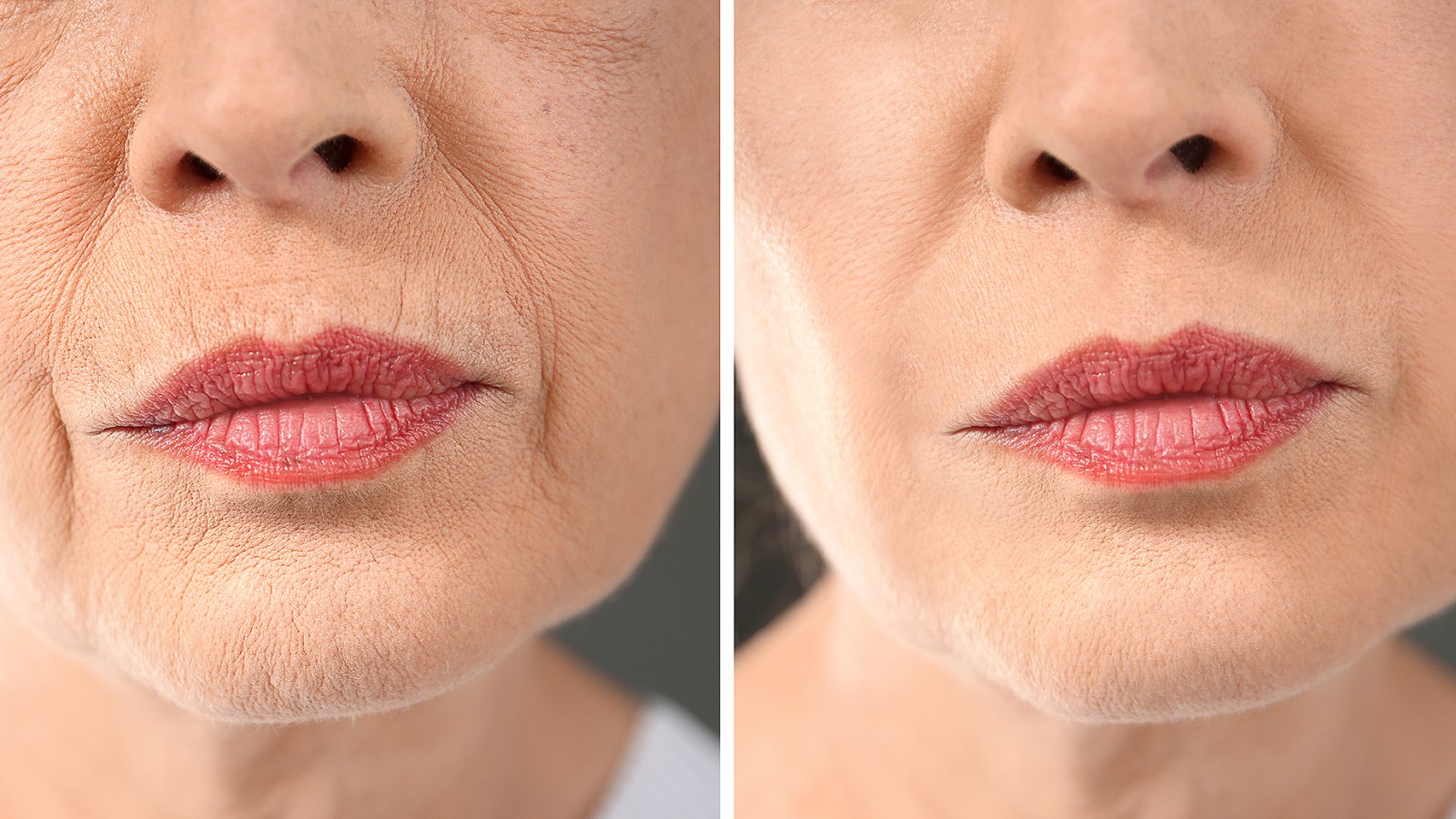Your Guide to Youthful Skin
In the world of skincare, there’s one powerhouse ingredient that has stood the test of time: retinol. Whether you're a seasoned skincare enthusiast or just dipping your toes into the vast ocean of products, understanding the benefits and best practices of using retinol can lead to radiant and youthful skin. Let's embark on a journey through the wonders of retinol.
The Magic Molecule: What is Retinol?
Retinol, a derivative of vitamin A, is a true multitasker in the world of skincare. Its microscopic molecular structure allows it to penetrate deep into the skin, stimulating collagen production and accelerating cell turnover. This dual action is what makes retinol a gold standard in anti-aging treatments.

The Fountain of Youth: Benefits of Retinol
1. Stimulates Collagen Production
Collagen is the structural protein responsible for maintaining skin's elasticity and firmness. As we age, collagen production naturally decreases, leading to sagging skin and the formation of fine lines and wrinkles. Retinol swoops in as a superhero, stimulating collagen synthesis, which helps plump up the skin and reduce the appearance of wrinkles.
2. Accelerates Cell Turnover
Cell turnover is the process by which your skin sheds dead skin cells and replaces them with fresh, new ones. Retinol speeds up this process, revealing brighter, smoother, and more youthful skin underneath.
3. Tackles Acne and Blemishes
Retinol is a champion in the fight against acne. Its exfoliating properties help unclog pores, prevent further breakouts, and reduce inflammation. It also works to fade acne scars and hyperpigmentation.
4. Evens Out Skin Tone
Retinol is a master at tackling uneven skin tone, sunspots, and discoloration. By inhibiting the production of melanin, the pigment responsible for skin coloration, it helps achieve a more uniform complexion.
5. Improves Texture and Smoothness
Whether dealing with rough patches or a lacklustre complexion, retinol can be a game-changer. It refines the skin's texture, leaving it silky-smooth and noticeably soft. Check out this before and after from just 6 weeks of use...

The Right Way to Incorporate Retinol into Your Routine
1. Start Slow
Begin with a lower concentration of retinol, around 0.25% to 0.5%, and use it only a few times a week. Gradually increase frequency as your skin builds tolerance.
2. Night-time is Prime Time
Retinol is best applied at night. This allows it to work its magic without interference from sunlight, which can make your skin more sensitive.
3. Cleanse and Pat Dry
Ensure your face is clean and completely dry before applying retinol. This prevents irritation and enhances absorption.
4. A Little Goes a Long Way
A pea-sized amount is sufficient for your entire face. More is not always better when it comes to retinol.
5. Hydration is Key
Follow up with a good moisturizer to lock in hydration and mitigate any potential dryness or irritation.
6. Always, Always Use Sunscreen
Retinol can make your skin more sensitive to UV rays. Wearing sunscreen every day is non-negotiable.
:max_bytes(150000):strip_icc()/GettyImages-1189744289-2000-524b688ce41b4df6ab58e5736fd2a49a.jpg)
Choosing the Right Product
When selecting a retinol product, consider factors like concentration, formulation, and the presence of complementary ingredients. Consulting with a dermatologist can be immensely beneficial in finding the perfect match for your skin type and concerns.
Patience is a Virtue
Remember, retinol is a long-term investment in your skin's health. Results may not be immediate, but with consistent use, you'll notice the transformative effects.
In Conclusion
Retinol is not just a skincare trend; it's a tried-and-true ingredient backed by science. By incorporating this powerhouse into your routine with care and consistency, you're inviting a brighter, smoother, and more youthful complexion. So, embark on this journey with confidence, and let retinol unveil the best version of your skin!

